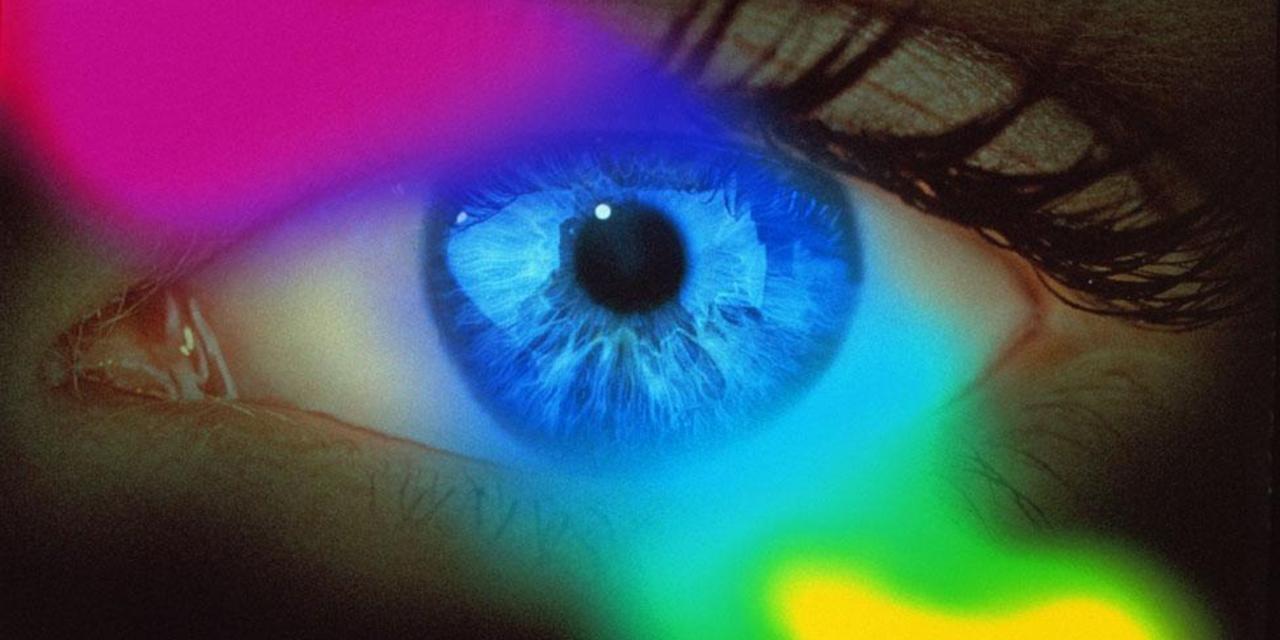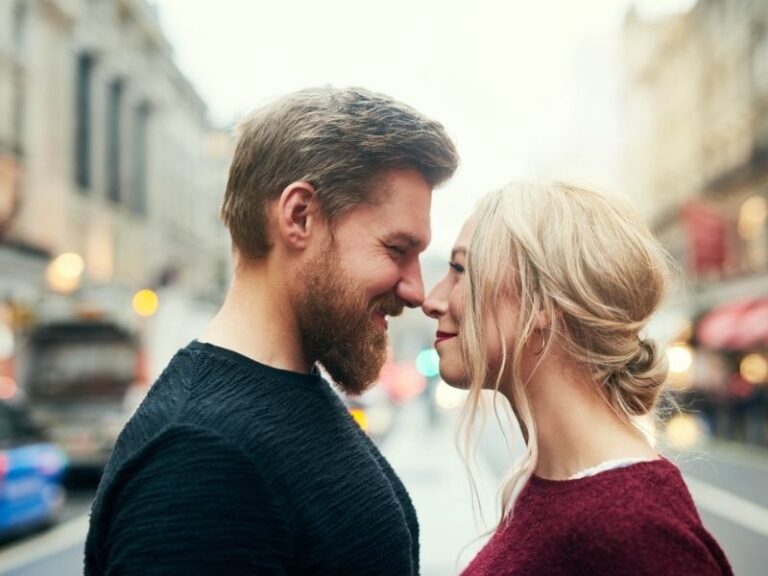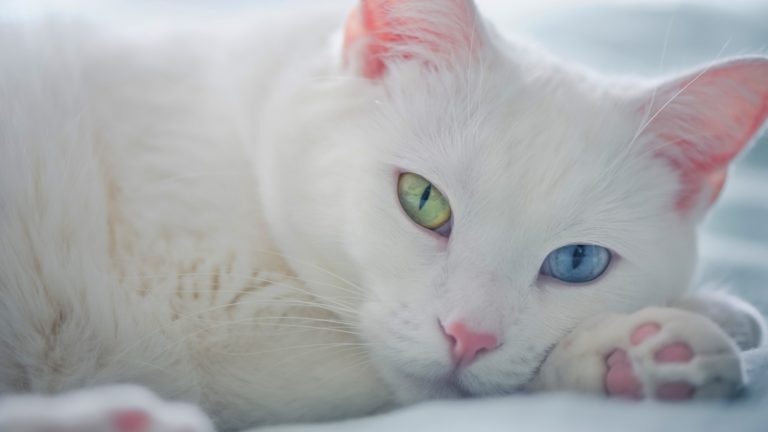How Your Eye Colour Changes Based On Your Emotions
Genetics is one of the most interesting branches of science in modern times. The study of genetics allows us to take a profound insight into the world of living beings by analysing their physical appearance and closely related family history.
Similarly, genetics allows us to predict the appearance, skills, any diseases etc. of a living thing that hasn’t even been born yet! The point is, we can study about the future with the help of genetics.
Now, one of the most exciting applications of this science is dealing with the genetic complement of a child who has yet to be born. In this article, we will primarily focus on “eye colour change with emotions”.
For centuries, people have associated specific characteristics with eye colour without any sound proof. For example; emerald green eyes were once thought of as a sign of wickedness. I have green eyes, and when I cry they appear to be a darker, brighter green.
Stereotypes for eyes have existed since the beginning of times. Let’s be clear, your eye colour, in no way determines your personality. The phenomenon has phenotypic effects on your body. However, there may be cases where eye colours can shift from their colour spectrum and this shift, believe it or not, has something to do with emotions.
Your eye colour is restricted to your iris, right outside of your pupil. If you ever look closely into someone’s eyes, you’ll notice that eye colours aren’t homogenous throughout. They’re more spread out in different gradients throughout the iris. From far away, they appear as a single colour.
Emotions do not change your eye colours completely. If you have blue eyes, your feelings won’t turn them into brown eyes. Eye colour genetics isn’t restricted to one gene pair; in fact, it is associated with three gene pairs.
So, you may or may not have an underlying trait for another particular eye colour. Dominance and recessiveness come into play in this scenario.
Emotions are mostly related to our sympathetic nervous system. These are our conscious feelings stimulated by any event or thought.
Our pupils tend to dilate or constrict in various conditions. When we’re undergoing an episode of rage or we’re preparing ourselves to fight someone, our pupils tend to dilate. Similarly, when we’re in a state of stress, it causes our pupils to dilate.
There are various other emotions which constrict or dilate our pupil such as tranquillity, fear, sadness, surprise.
Since eye colour is not homogenous, dilation or constriction tends to make our eye colour more prominent or lightens its tone. Take for example brown eyes; during dilation, they become lighter, and during constriction, they become darker.







